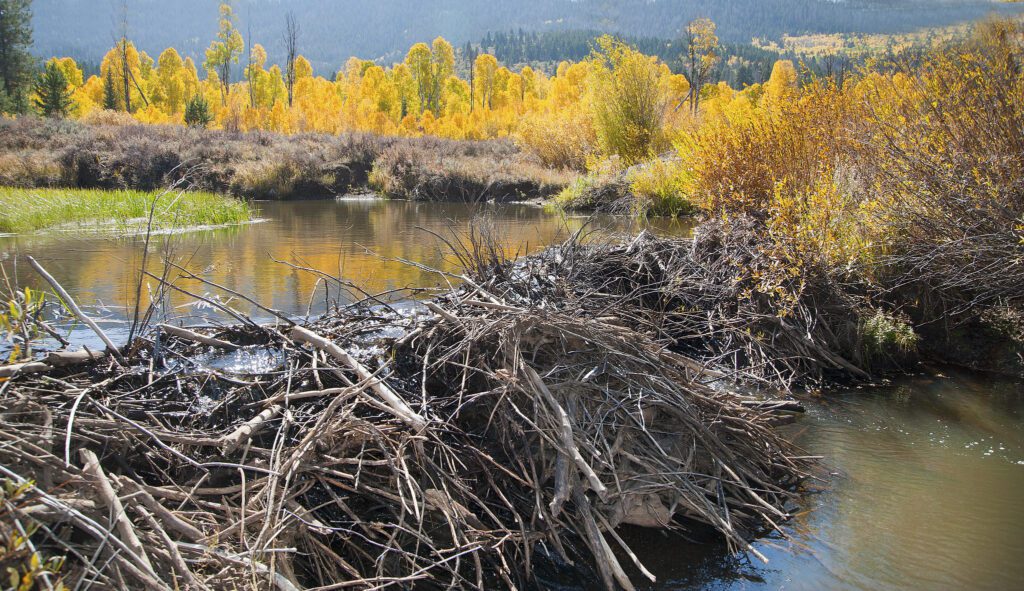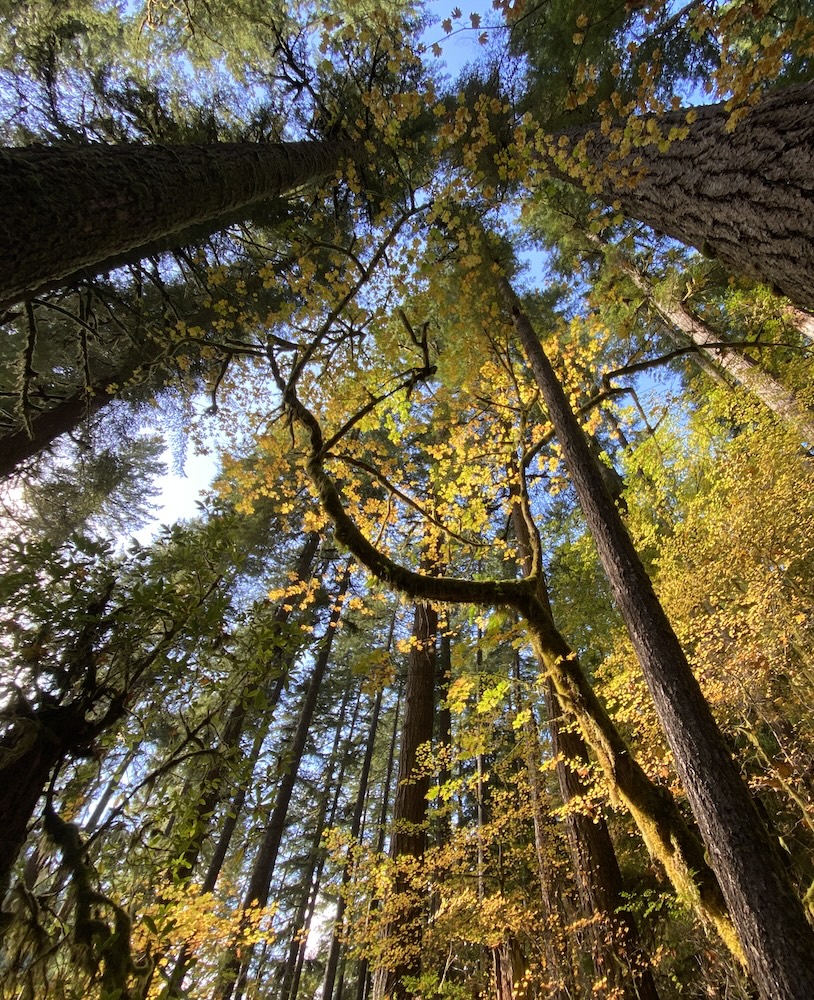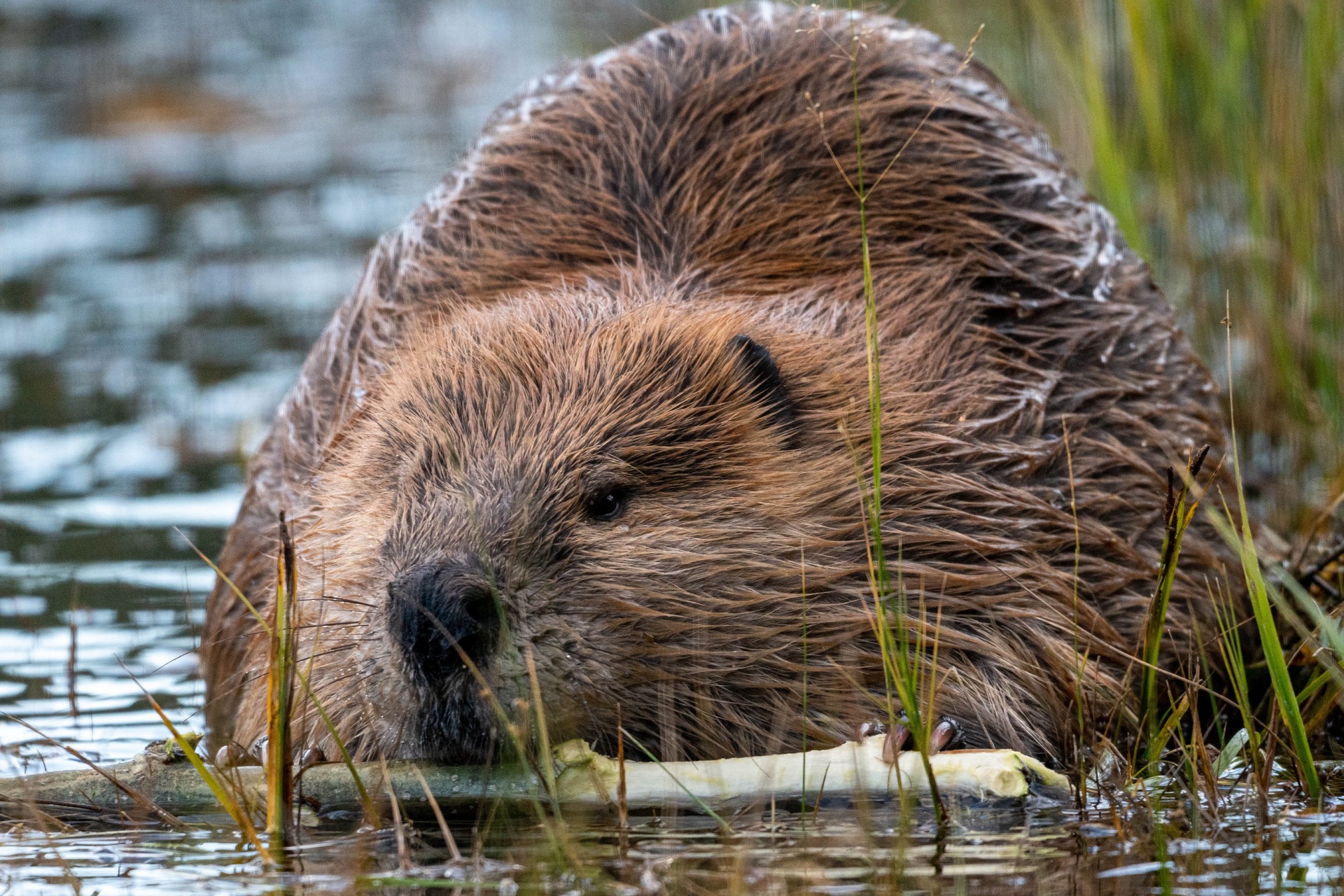Oregon Wild is working to restore beaver populations in Oregon and shape policies and public sentiment to value and protect them as key allies in creating a safer and healthier future.
The beaver, ecosystem engineer extraordinaire, has been shaping landscapes in Oregon for millions of years, restoring rivers and wetlands, increasing biodiversity, and providing solutions to fire and drought. These animals have the power to aid in the fight against the biodiversity and climate crisis, but only if we let them.

It is estimated that 400 million beavers roamed the United States, but that number plummeted due to the fur trade. Today, populations are starting to recover with about 15 million in the nation. We need to partner with these hardworking animals as a natural solution to threats we and other species face today.
Beaver Facts
- Beavers build lodges and dams for self-defense as a refuge from predators. In the process, these infrastructure projects hold, clean, and spread water, creating vital habitats for a multitude of species.
- Oregon is also known as the “Beaver State.”
- The world’s largest beaver dam is located on the southern edge of Wood Buffalo National Park in Alberta, Canada. At 2,790 feet long it was discovered through satellite imagery.
- Beavers store green branches underwater so they can eat them throughout the winter.
- Beavers can hold their breath underwater for up to 15 minutes.
- Beavers have bright orange teeth, coated in an iron-based enamel for reinforcement.



